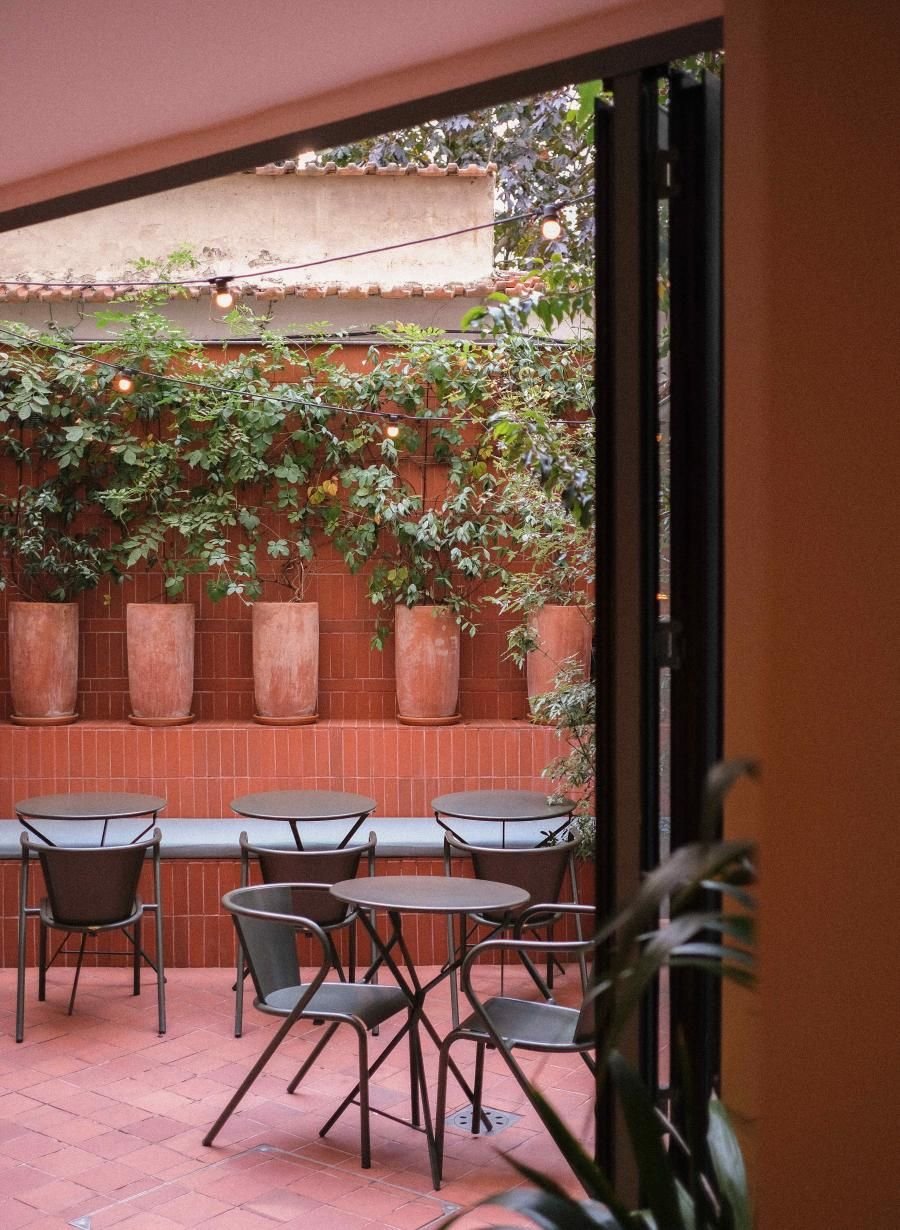A Quick Introduction to Slow Travel
If you follow me on social media, you’ve probably noticed I talk a lot about slow travel. But what does it actually mean? Simply put, slow travel is about making every aspect of your journey—from transportation to accommodations and activities—mindful, meaningful, and sustainable. It’s a way to reduce your impact on local communities and the environment while fostering deeper, more enriching travel experiences.
Let’s dive into the heart of slow travel and see how you can incorporate this approach into your adventures.
Image source: Jeffrey Czum
What Is Slow Travel?
Slow travel is all about the journey. You’ve likely heard variations of the phrase, “It’s about the journey, not the destination.” This concept applies perfectly here.
The slower you travel—literally—the more present and mindful you become in the process. For example, consider the preparation required for driving versus cycling or hiking to your destination. The slower the mode of transportation, the more connected you’ll feel to your journey, from planning and packing to the experience of traveling itself.
That said, air travel is often necessary, even for slow travelers. When flying, you can still practice mindfulness by:
Choosing full flights to reduce the per-person carbon footprint.
Staying at your destination for an extended period to deepen your connection and offset environmental costs.
When in doubt, choose public transit over private vehicles and man-powered options (like walking or biking) over machines.
Image Source: Hotel Ami
Choosing Low-Impact Accommodations
Your choice of accommodation plays a significant role in slow travel. While platforms like Airbnb are convenient, they can harm local housing markets and increase inequality in communities. Thankfully, there are more sustainable options available:
Eco-Friendly Hotels
Many traditional hotels are adopting eco-friendly practices. Look for certifications like Green Key or LEED and features such as renewable energy, water refill stations, and off-grid operations. Use apps like Hopper to book; they claim to plant trees for every booking made.
For a more homey stay, Ecobnb offers accommodations based on sustainable practices, such as solar power, car-free access, organic food, and rainwater collection. It’s a fantastic alternative for conscious travelers.
This platform lets you exchange pet or home care for free accommodations worldwide. It’s a unique way to explore a destination while staying sustainable—ideal for solo travelers or couples with flexible schedules.
Image source: Gülsüm
Slow Travel Upon Arrival
Once you’ve arrived and settled in, continue embracing slow travel by considering your activities, spending, and meals:
Activities
Slow travel encourages simple, immersive experiences like hiking, people-watching, or journaling. Visit local parks, take cooking classes, or volunteer to immerse yourself fully. These activities not only foster mindfulness but also leave a smaller ecological footprint.
Spending Locally
Where you spend your money matters. Supporting local businesses and artisans helps strengthen the local economy and reduces the environmental impact of imported goods. Whether it’s handmade crafts, fresh produce, or locally made souvenirs, your purchases can create a positive ripple effect.
Eating Mindfully
Food is one of the best ways to connect with a culture. To make your meals more mindful try dining at locally owned restaurants, ask for dishes made with seasonal, regional ingredients and avoid chain restaurants or imported foods when possible. This approach ensures you’re savoring the freshest flavors while supporting local farmers and reducing your meal’s carbon footprint.
The Heart of Slow Travel: Mindfulness
As you can see, slow travel is all about practicing mindfulness in every aspect of your journey—from planning and traveling to spending and dining. It’s not about perfection but about finding ways to bring a sense of calm, purpose, and sustainability to your adventures.
Image source: Tonga Ahmetler
If you’re new to slow travel, start small. Choose one or two areas to focus on, whether that’s selecting an eco-friendly stay or embracing local activities. Over time, these small changes can transform the way you travel, making it more fulfilling and environmentally friendly.
So next time you plan a trip, slow down, stay present, and let your journey be as meaningful as your destination.



